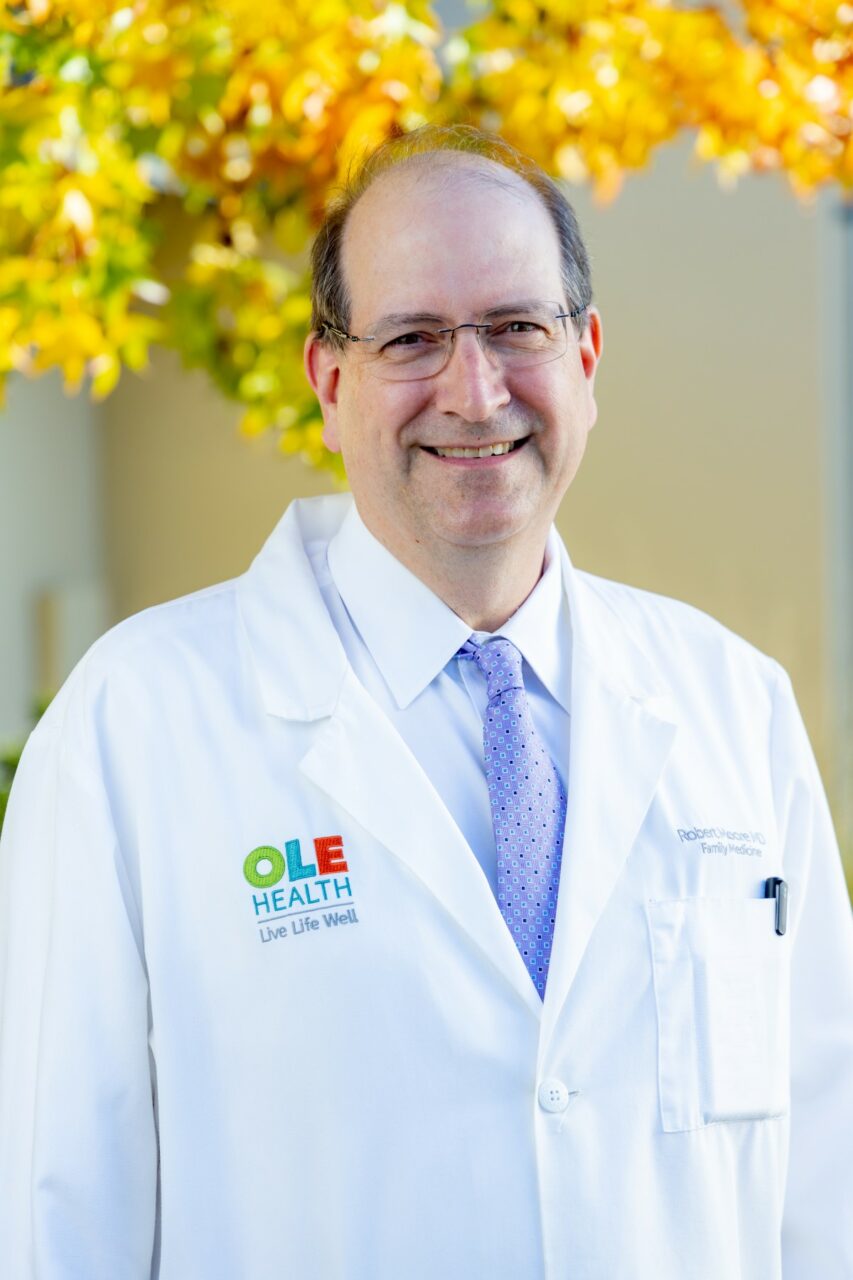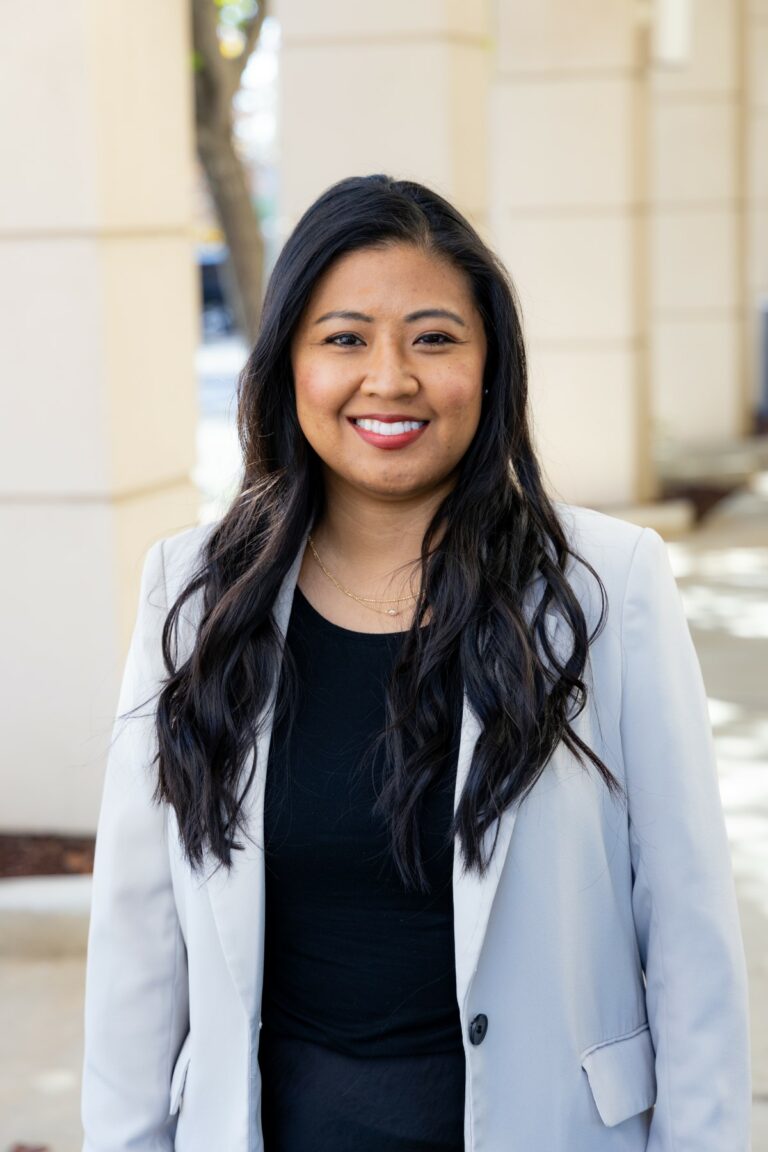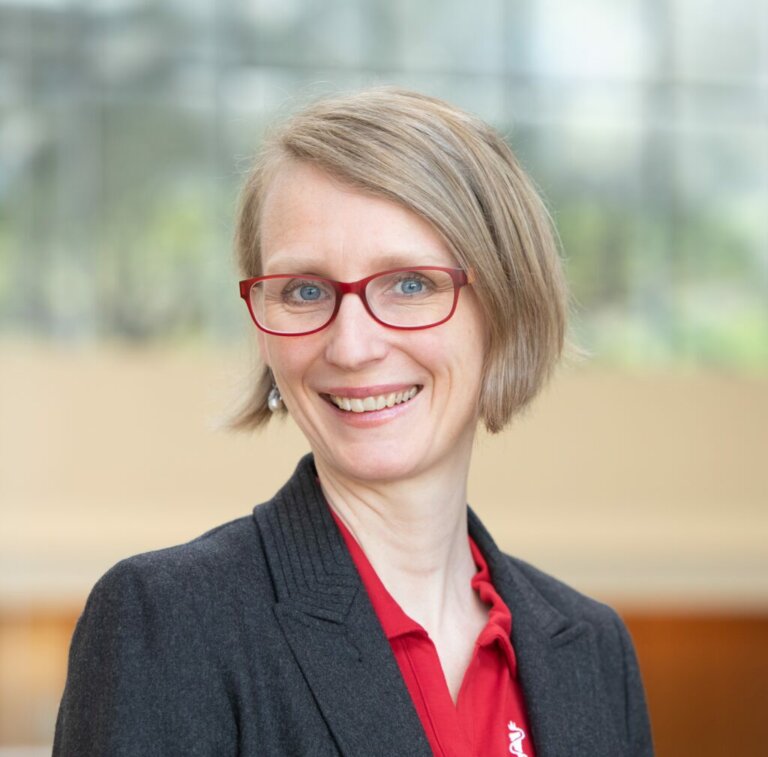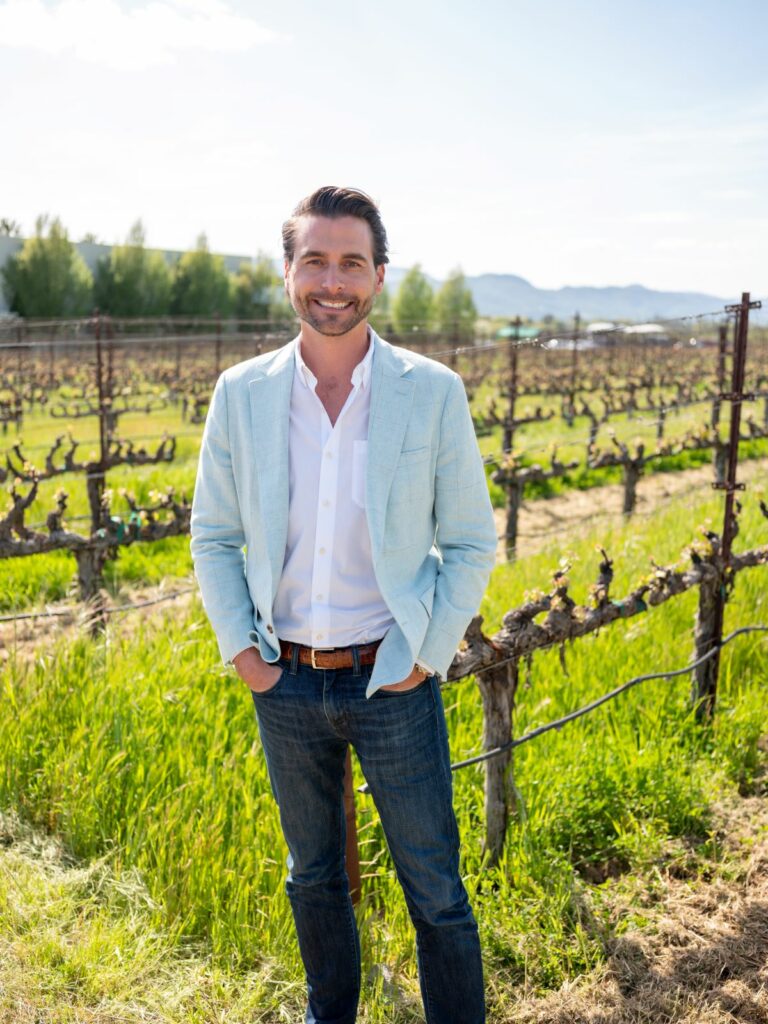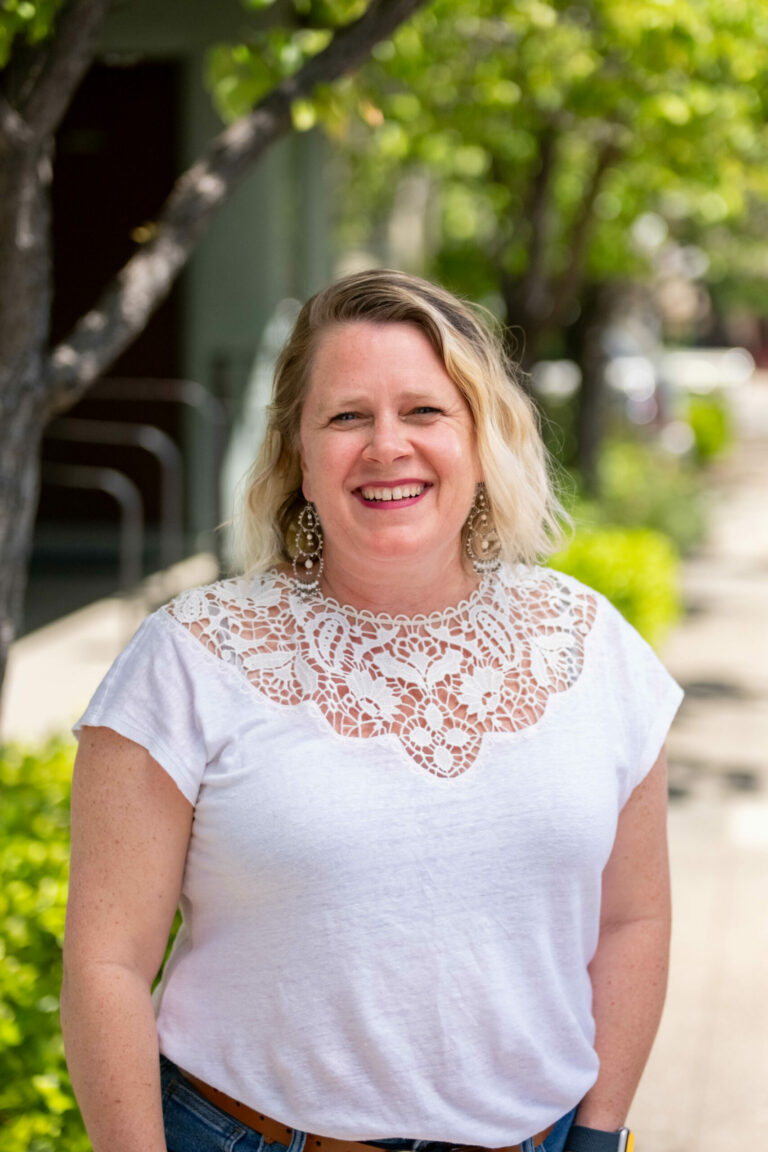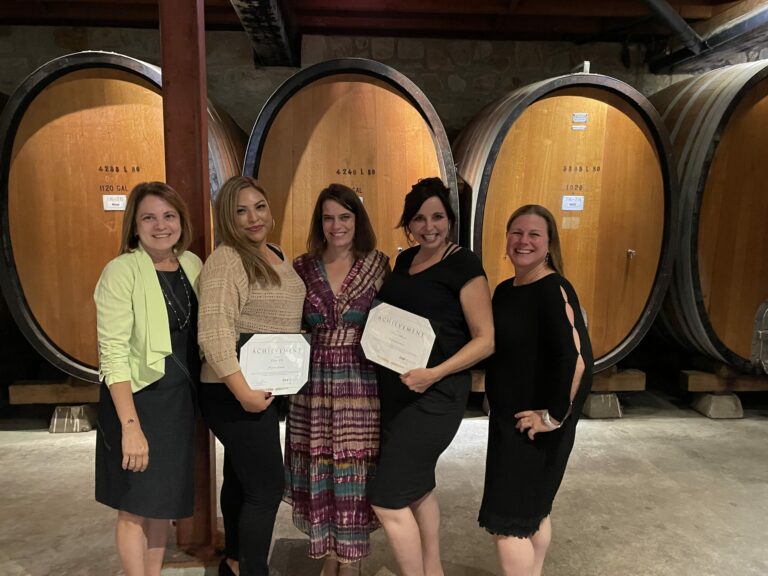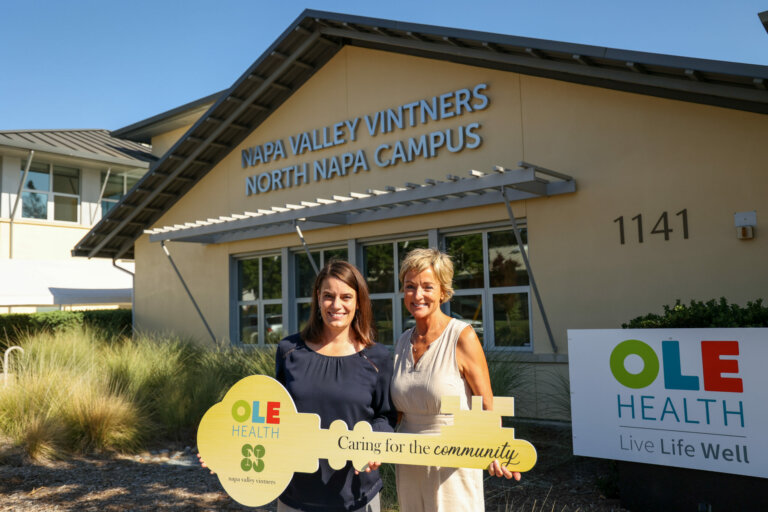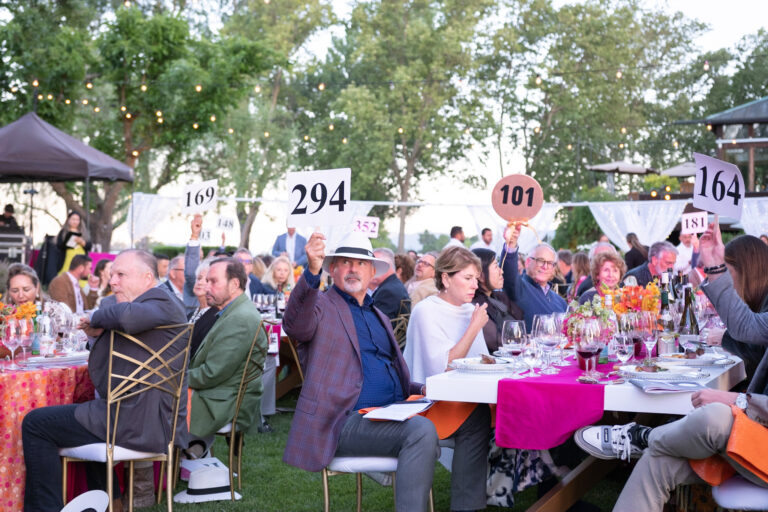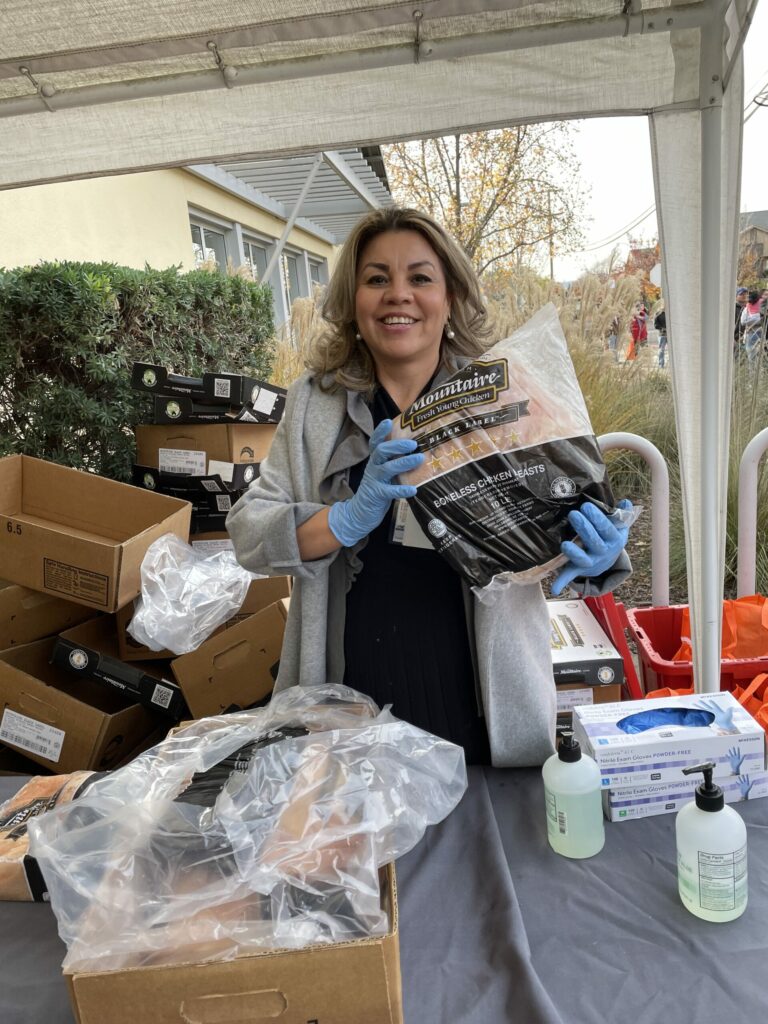To learn that Dr. Robert Moore was OLE Health’s first full-time physician isn’t particularly shocking until you learn his start date: July 31, 1995 – a full 23 years after OLE was founded. For many years, OLE was the scrappy upstart, reliant on volunteers, a patchwork of part-time providers on loan from the hospital, and the generosity of the community. There were many times throughout OLE Health’s history where we almost closed our doors. But, with the arrival of Dr. Moore, the securing of more permanent facilities, and the strategic vision of our board, OLE Health was on a path to become the thriving network of nonprofit health centers it is today. We asked Dr. Moore about his experiences in the early days of OLE Health, why he remains engaged nearly 30 years after he started, and what he sees for the future of OLE.
What were the early days of OLE Health like?
The clinic was small. There were just 8 exam rooms and all the clinicians in one office together. In the first couple of years at Clinic Ole, I was the only physician who rounded in the hospital, so I had many opportunities that might not have been available to me at a larger health center or bigger metropolitan area, including being asked to assist in surgeries. I was super busy. The work was exhilarating, and I felt like I was helping people and really making a difference in their lives.
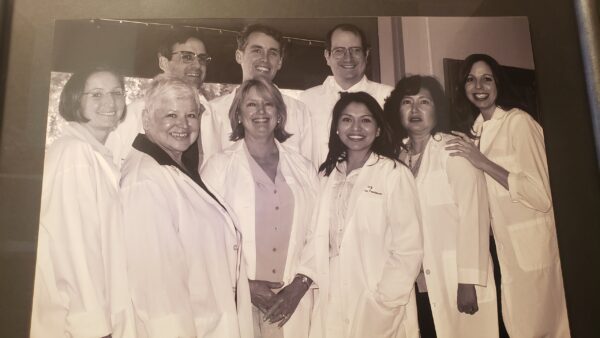
I saw our patients when they were admitted to nursing homes and did home visits to home-bound patients. I enjoyed being able to do everything I was trained to do as a family physician and being able to care for patients through their entire continuum of care: from the office to the ICU, from birth through home hospice.
The care at Clinic Ole was low cost, high quality, with a very caring and highly skilled staff. This led to a steady increase in demand for our services, which led to longer wait times for the next appointment and a need for more clinical staff and space.
The strong board of directors and dedicated staff impressed me. I saw the potential for Clinic Ole to grow, and decided I wanted to be a part of that growth – and to be a clinician leader supporting this growth.
Really, the next 27 years of growth were in response to the steady increase in demand from the community and the strong support of the community, including the Napa Valley Vintners and individuals like John Shafer.
What was the best part about working at OLE Health?
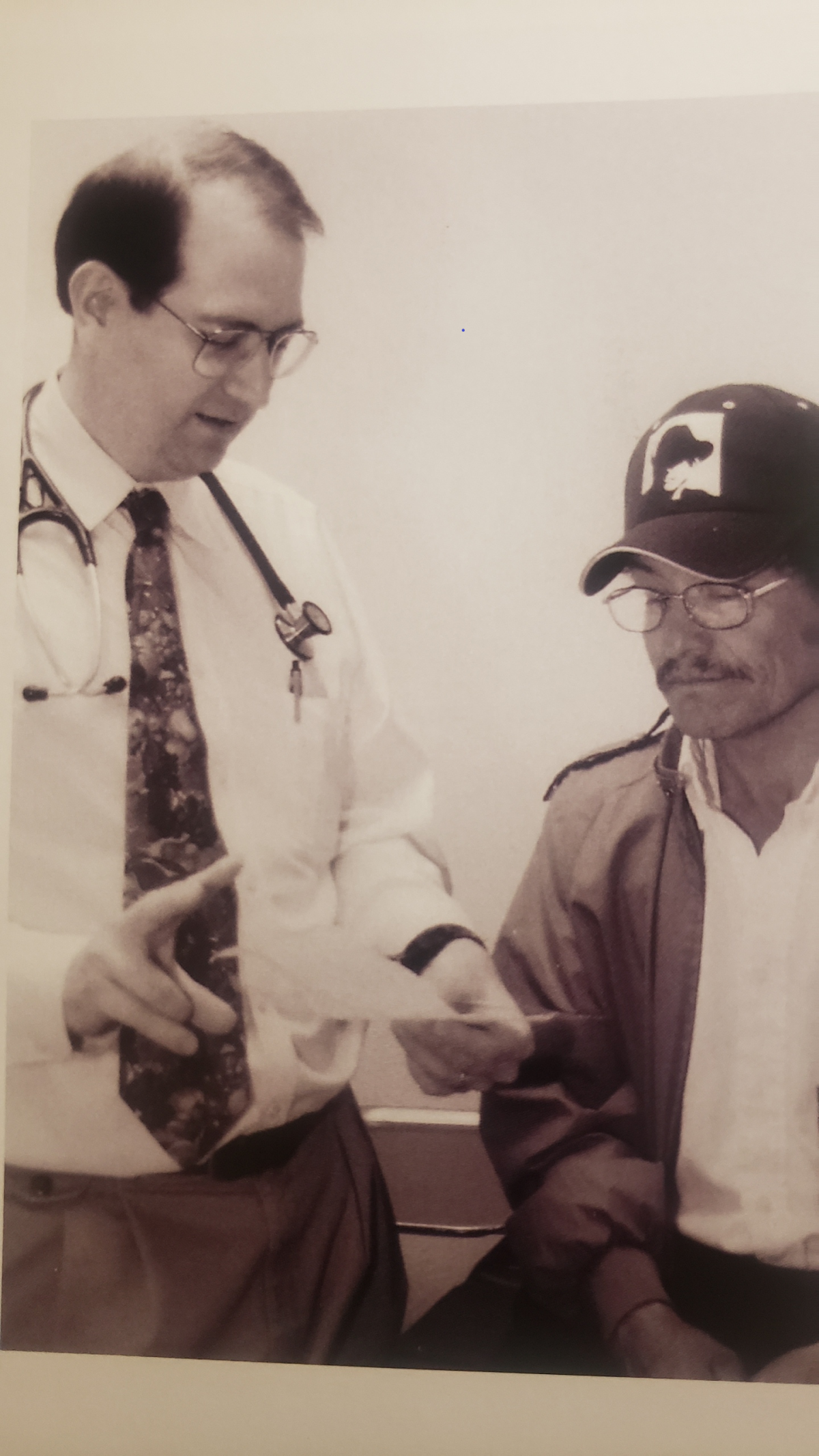
First, the impact I could have on my community. When I became Medical Director in 1998, I began leveraging my public health background to revamp our farmworker outreach program, from a basic screening program to a comprehensive screening and educational program that gave us data on the issues affecting farmworkers – from allergies and latent tuberculosis to depression and substance use. It became a case study for a state-wide analysis of farmworker outreach. I was very proud of the system for farmworker outreach that we built.
I was also very proud to build a medical staff at the Clinic that was extremely well trained and capable, respected by the rest of the Napa Medical community as being some of the best physicians in town. Among clinics in California, Clinic Ole become known for innovation and quality, winning awards and recognition from the California Primary Care Association and the California HealthCare Foundation. Creating the structure that made all that run smoothly and ever-better was a never-ending challenge, but great fun.
You moved on but have continued to see patients here. What keeps you wanting to remain involved?
I will always continue to support OLE Health. Napa is my home, and I’m very close to this community. I also so enjoy clinical medicine that I can’t give it up. At this point in my career, most of the medicine is pretty straightforward, so what I really enjoy is quickly connecting with patients, learning about their lives, their stories, what is important to them. Once every few months, I’ll see a patient that I delivered or a patient that used to be “mine” (i.e. I was their primary care provider).
I enjoy working with the young, enthusiastic staff, the new doctors, NPs and PAs. I sometimes come to OLE Health events and spend much of the time catching up with old friends. Even when I came in to get my first Covid vaccine in January 2021 at South Napa Shelter, the thing I will remember about that first vaccine day was seeing so many friends after 10 months of being pretty isolated during the pandemic.
What do you think the future holds for OLE Health?
OLE Health has made the transition to a large, multi-site Federally Qualified Health Center serving the wider community with the administrative structure and team to manage a large organization while striving to maintain the culture of service, quality, respect, and friendliness that makes OLE feel so special to those who have worked there over the years.
I believe OLE Health will continue to grow its presence in Fairfield. It first expanded at the request of Partnership HealthPlan to help with the major shortage of primary care for the MediCal population in that large city, and I believe that OLE Health’s future is connected in many ways to the future of Partnership HealthPlan. I also think there will be some challenges for OLE to navigate, including uncertainty about the impact of a State-wide Kaiser MediCal contract (starting in 2024). The relationship between Kaiser and OLE will be an important one to nurture with the changes in coming years amid the shifting dynamics.
OLE also needs to navigate changes like a closer connection to behavioral health services in the schools, development of a single payer health care system in California, the evolution of responsibility of homeless services to more involve health care organizations like OLE Health.
I learned an important leadership lesson from the Napa Valley Vintners during my time at OLE Health that has stuck with me: when one wants to shift the values of an organization, start by looking for a partner who can join in your quest. OLE has historically done a great job of finding partners and continuing to do so will serve it well into the future.
